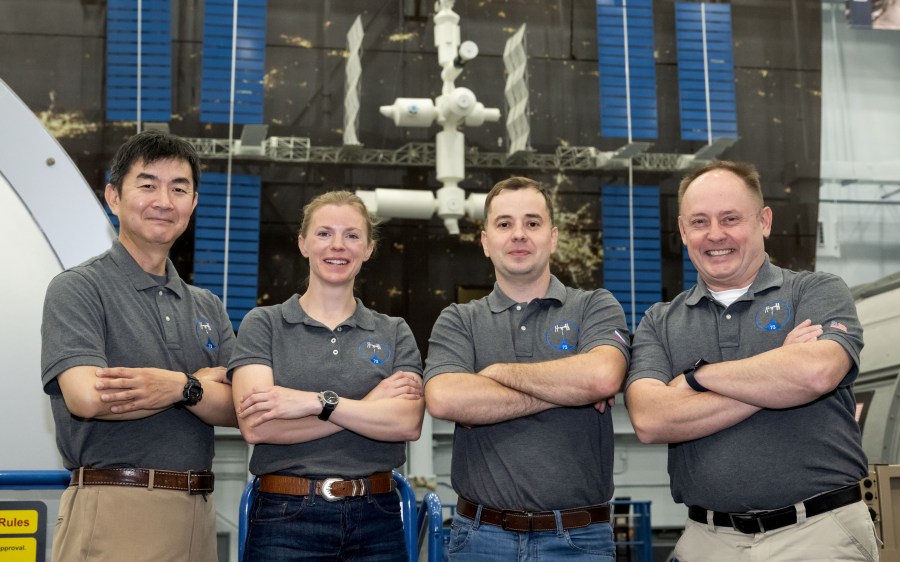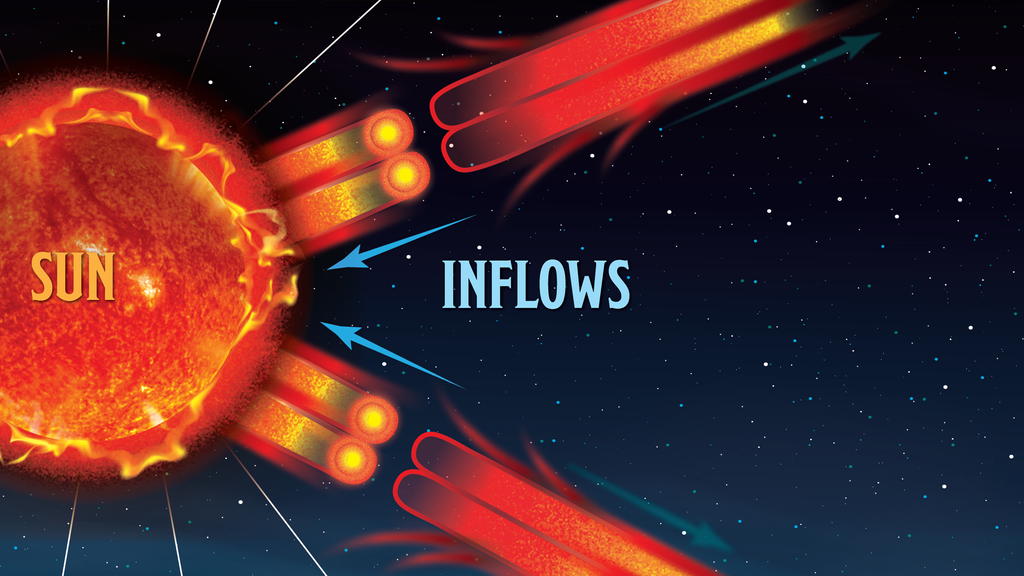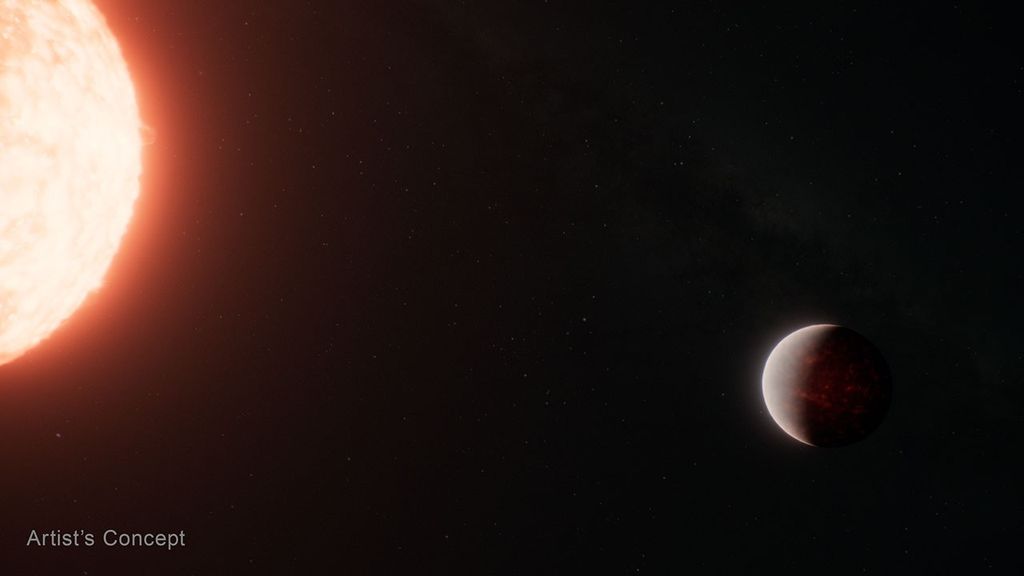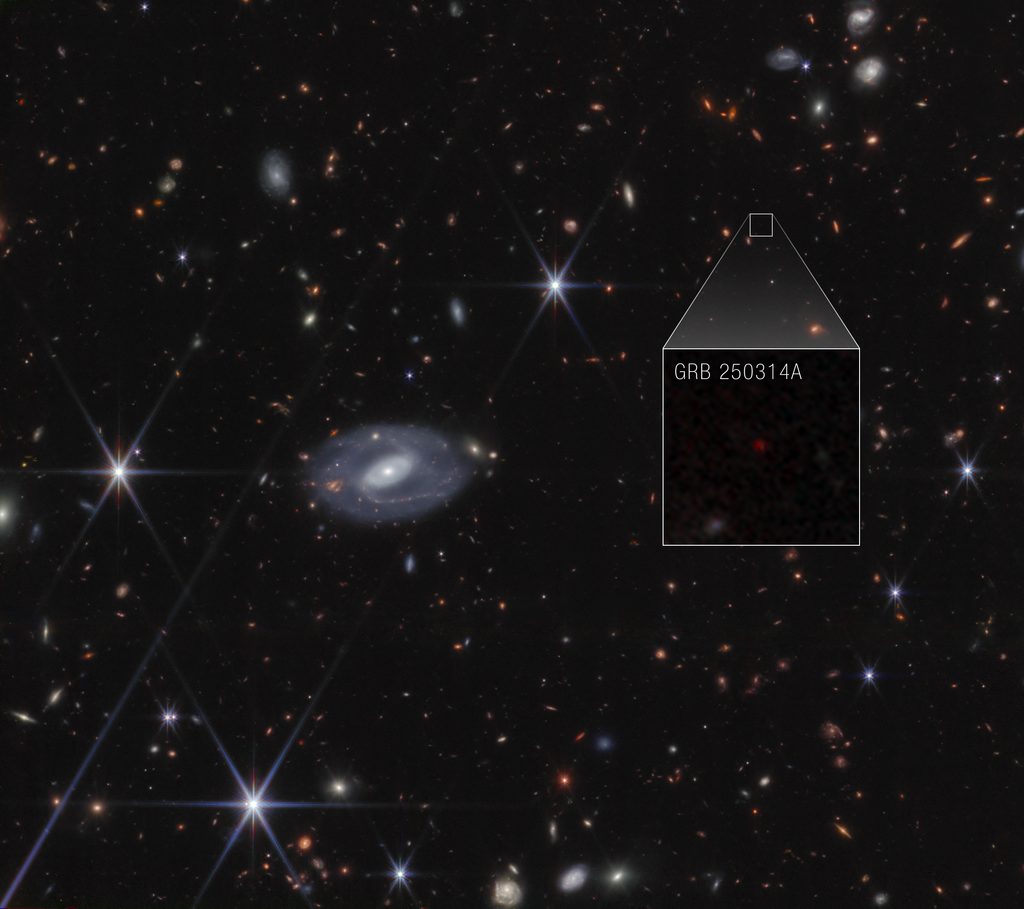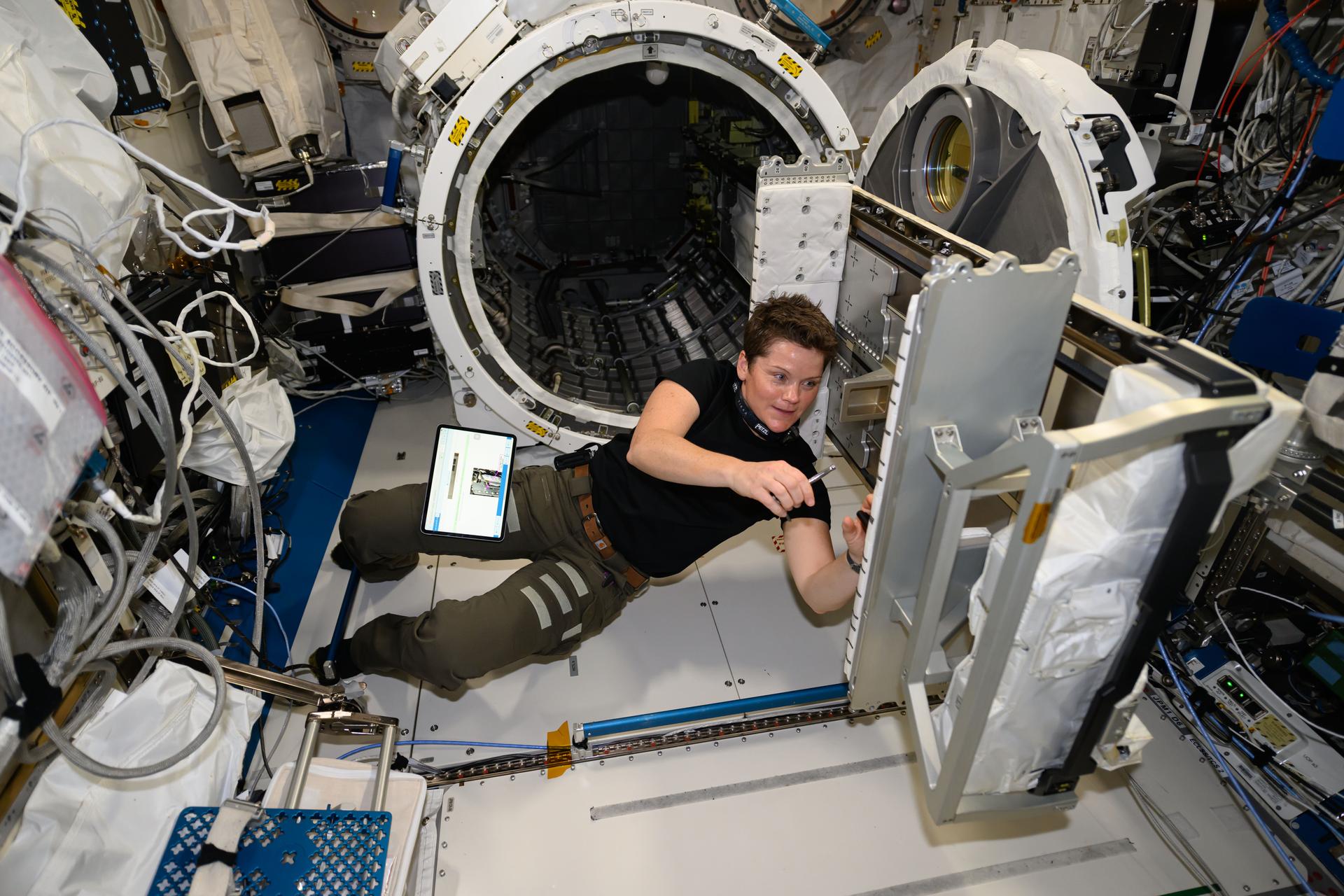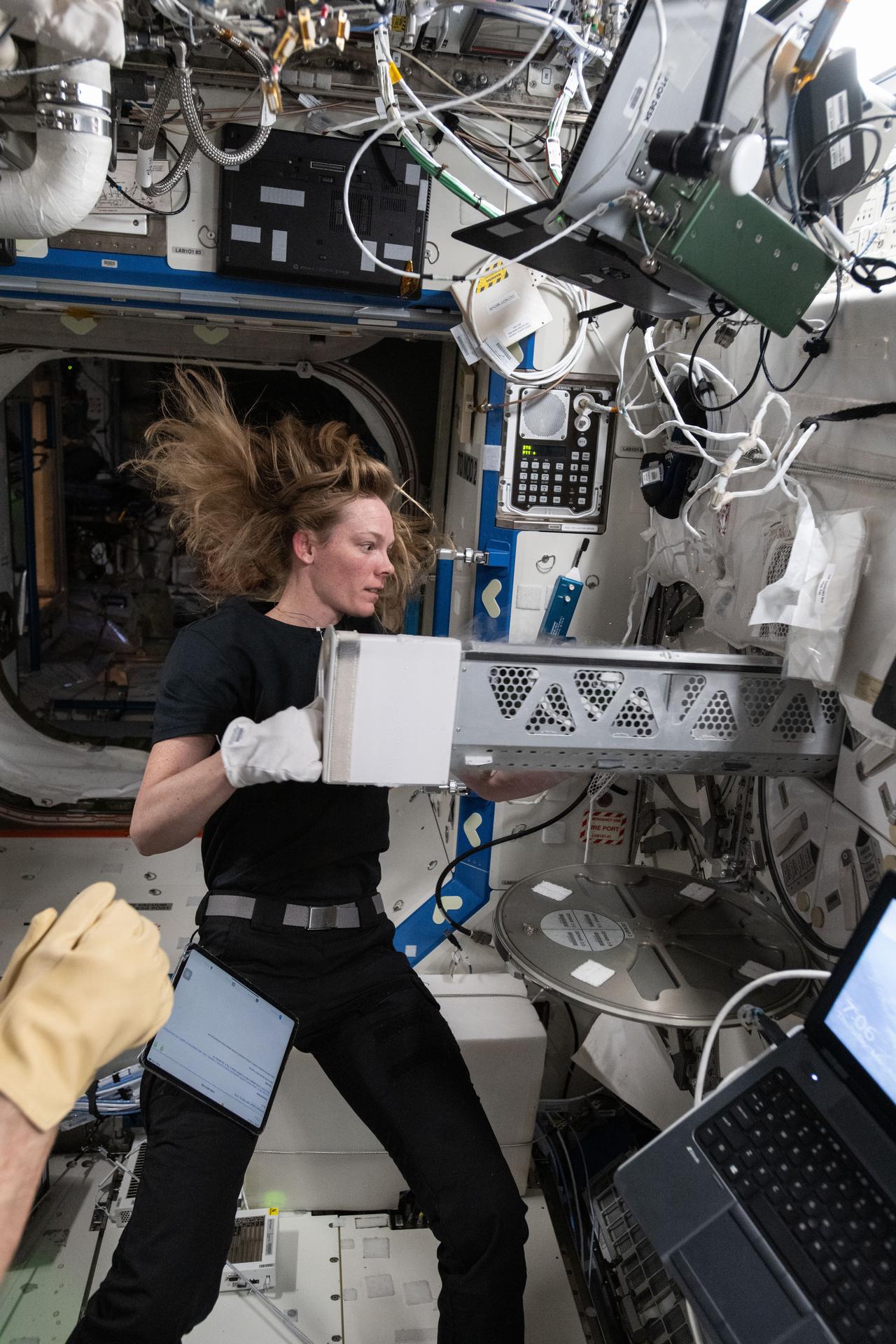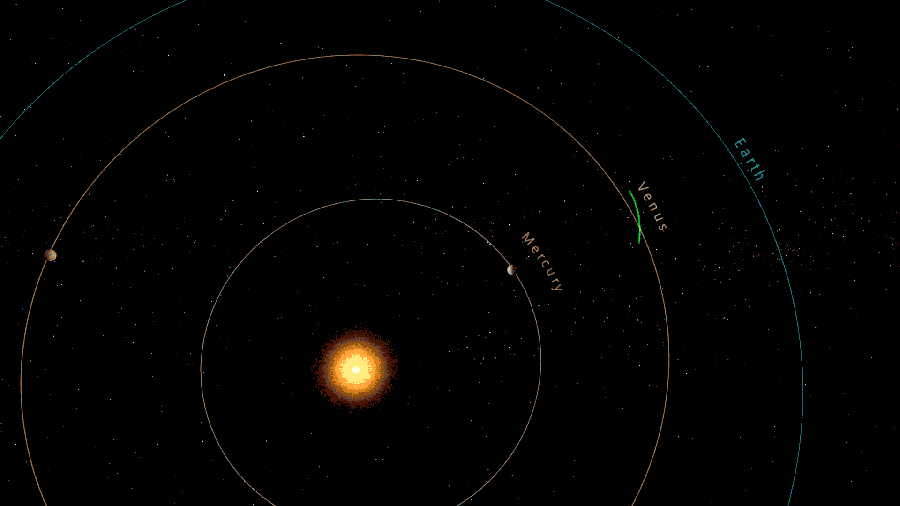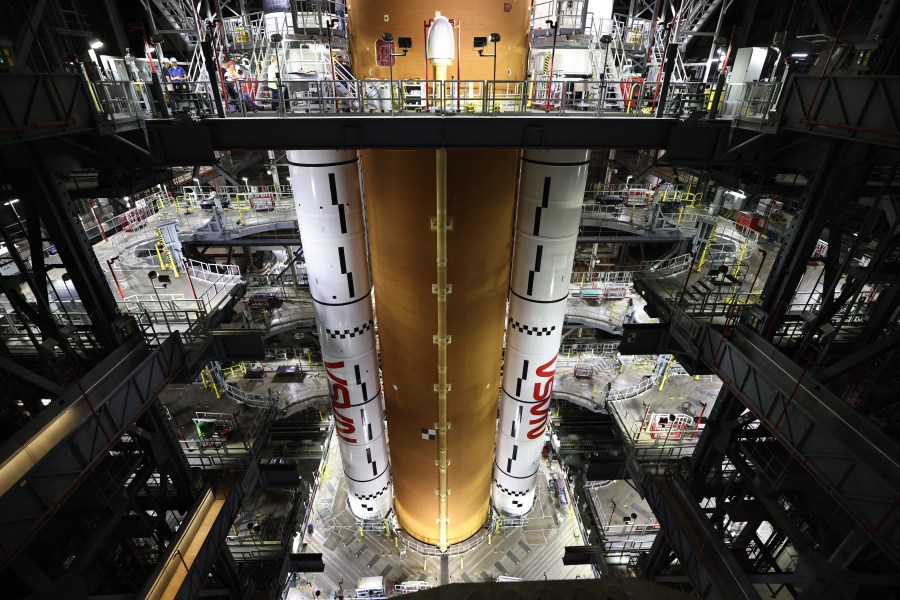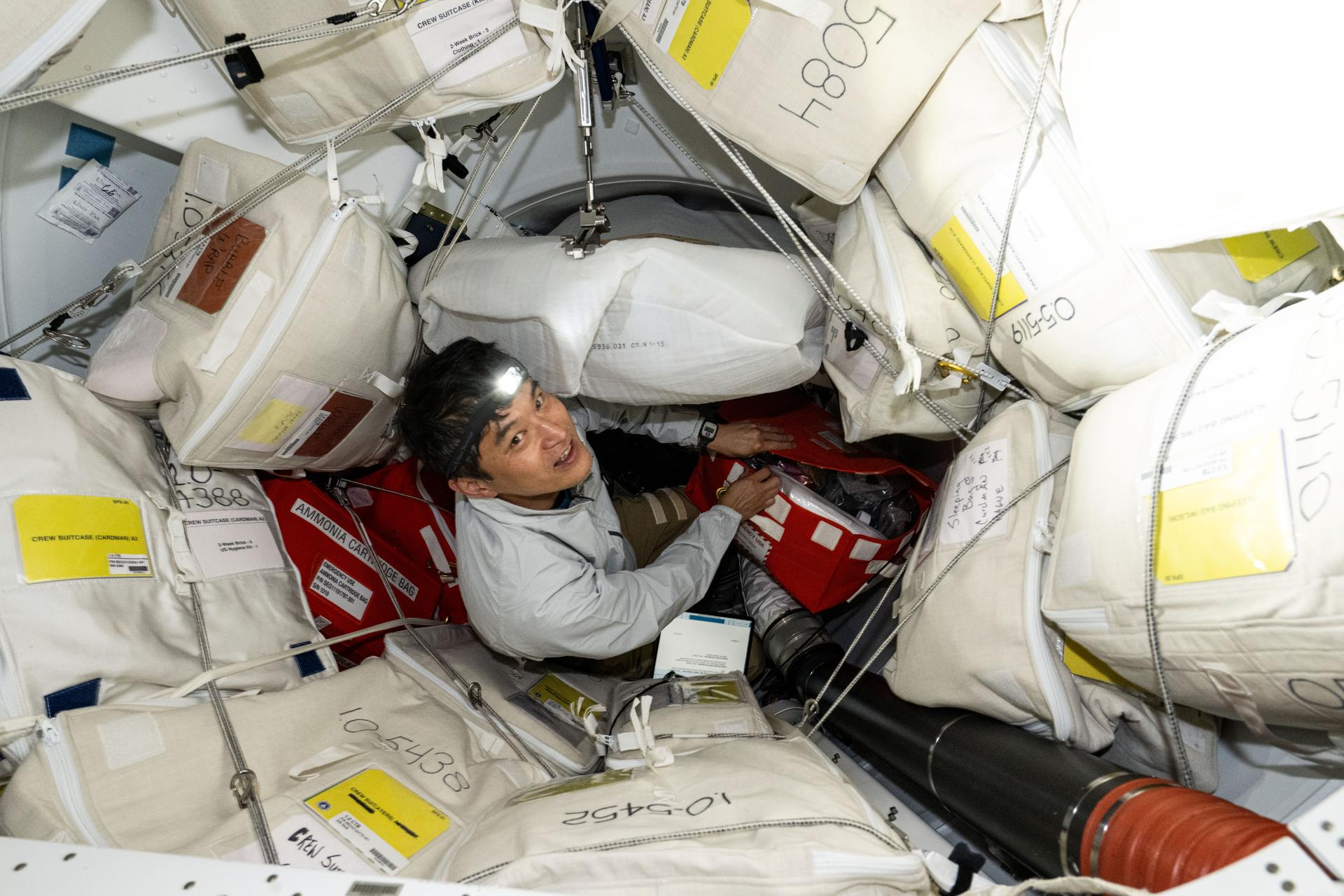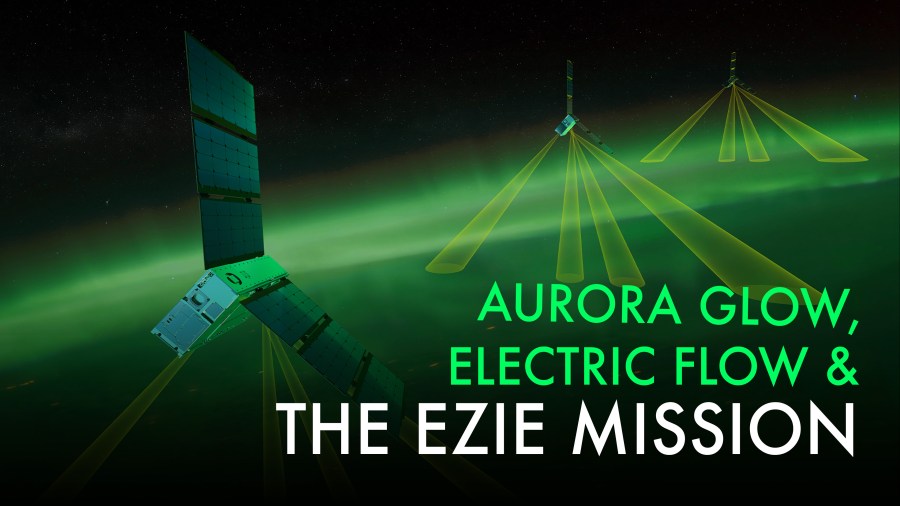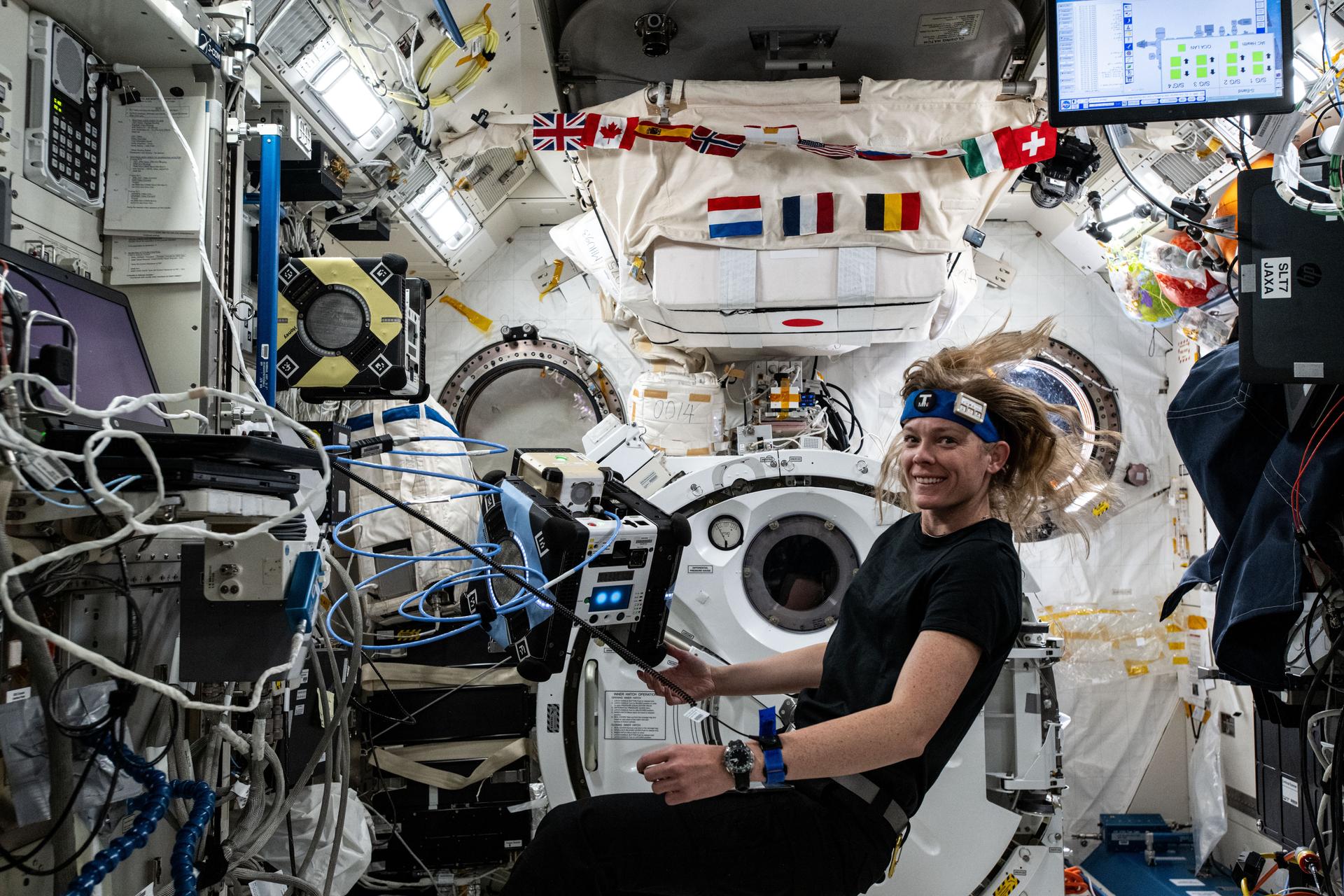As part of NASA’s SpaceX Crew-11 mission, four crew members from three space agencies will launch in the coming months to the International Space Station for a long-duration science expedition aboard the orbiting laboratory. NASA astronauts Commander Zena Cardman and Pilot Mike Fincke, JAXA (Japan Aerospace Exploration Agency) astronaut Mission Specialist Kimiya Yui, and Roscosmos […]
NASA Shares SpaceX Crew-11 Assignments for Space Station Mission
